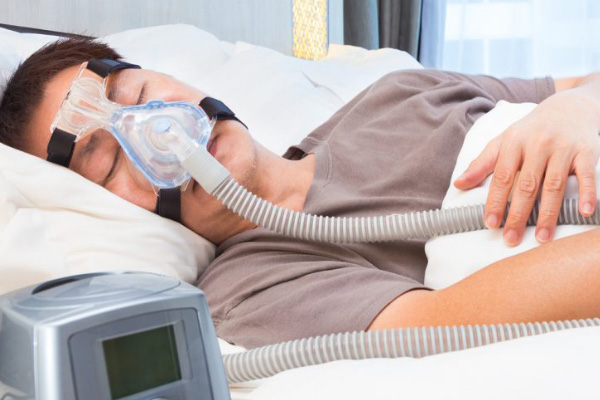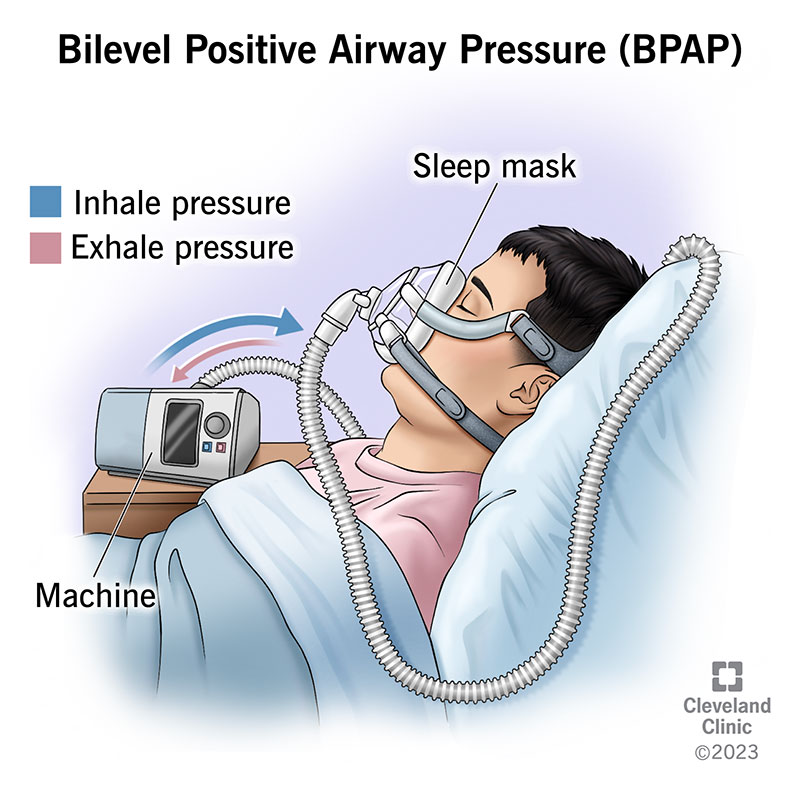Check Out High-End BiPAP Rental Units at Affordable Rates
Check Out High-End BiPAP Rental Units at Affordable Rates
Blog Article
Bipap vs. CPAP: Which Is the most effective for Your Sleep Condition?
When navigating the intricacies of rest conditions, the selection between BiPAP and CPAP therapy is a critical consideration. Each method supplies one-of-a-kind advantages tailored to details conditions, yet the choice rests on specific client needs and convenience levels. While CPAP provides a consistent airflow ideal for obstructive sleep apnea, BiPAP's double pressure setups might improve convenience for those with even more intricate respiratory problems. Understanding these distinctions can significantly affect treatment efficiency, leaving one to contemplate which choice truly straightens with their health requirements and lifestyle.
Comprehending Rest Disorders
Sleep disorders encompass a variety of conditions that disrupt regular sleep patterns, influencing both the high quality and period of rest. These disorders can show up in numerous kinds, including sleeplessness, sleep apnea, narcolepsy, restless leg syndrome, and parasomnias. Each problem offers one-of-a-kind challenges, often resulting in substantial daytime fatigue, cognitive impairment, and psychological disturbances.
Insomnia is characterized by trouble falling or staying asleep, while sleep apnea involves duplicated disturbances in breathing throughout rest, often leading to fragmented rest. Narcolepsy, on the other hand, is marked by too much daytime drowsiness and sudden rest strikes. Agitated leg disorder causes unpleasant experiences in the legs, motivating an irrepressible desire to relocate them, which can likewise impede the capacity to drop off to sleep.
The influence of rest problems prolongs beyond specific health and wellness, affecting general efficiency, relationships, and quality of life. Comprehending the specific nature of each problem is vital for efficient diagnosis and treatment. As sleep health and wellness becomes increasingly acknowledged as an important element of general wellness, resolving these problems is necessary for enhancing both sleep high quality and everyday performance.
Just How CPAP Functions
Constant Favorable Respiratory Tract Stress (CPAP) therapy is frequently employed as a main treatment for obstructive rest apnea (OSA) The mechanism of CPAP includes using a maker that provides a consistent stream of air through a mask used during rest. This air movement maintains favorable stress in the airway, preventing the collapse or obstruction of the throat that can occur during rest.
When an individual takes in, the CPAP device supplies a constant flow of air, guaranteeing that the air passage stays open - BiPAP Rental. This not only reduces the signs and symptoms of OSA, such as snoring and disrupted sleep patterns, however additionally reduces the associated health threats, including cardio complications and daytime fatigue
The pressure setups on a CPAP maker can be customized to fulfill private patient requirements, frequently determined with a sleep research study. Overall, CPAP treatment has been shown to substantially boost the high quality of sleep and total health and wellness for individuals enduring from obstructive rest apnea.
How BiPAP Works
BiPAP, or Bilevel Favorable Respiratory Tract Pressure, is a specialized type of non-invasive air flow that is specifically advantageous for patients with conditions such as complicated sleep apnea or respiratory disorders. Unlike CPAP, which delivers a continual stream of air at a single stress, BiPAP supplies 2 unique stress setups: a greater inspiratory stress for breathing and a reduced expiratory pressure for exhalation. This dual-pressure strategy permits less complicated breathing, minimizing the effort needed throughout exhalation.
The device operates with a mask fitted over the nose or mouth, linked to an equipment that produces atmospheric pressure. When the person breathes in, the equipment provides the higher pressure to assist with air movement, making sure that the respiratory tract stays open. Upon exhalation, the machine automatically lowers the stress, making it a lot more comfy for the person to take a breath out.

Key Distinctions In Between BiPAP and CPAP

On the other hand, BiPAP (Bilevel Positive Air passage Stress) offers two various pressure setups: one for breathing and a reduced one for exhalation. This dual pressure system permits for even more comfortable breathing, specifically for people that deal with breathing out against a constant stress. BiPAP discover this is typically suggested for people with intricate sleep apnea, chronic obstructive pulmonary condition (COPD), or those who call for additional assistance during sleep.
In addition, the intricacy of BiPAP gadgets typically results in a greater expense and calls for a lot more cautious titration than CPAP. BiPAP Rental. Recognizing these vital differences can aid in recognizing which device may be better for particular rest conditions, establishing the foundation for enlightened treatment decisions
Picking the Right Treatment
How can one determine one of the most suitable treatment for handling rest conditions? The choice between BiPAP and CPAP therapy mostly rests on the particular qualities of the sleep problem, the client's general health and wellness, and their convenience with the gadget. CPAP, which delivers a constant stream of air, is commonly prescribed for obstructive sleep apnea (OSA) It keeps an open air passage during rest, effectively stopping hypopneas and apneas.
On the other hand, BiPAP gives 2 levels of pressure: one for inhalation and a reduced one for exhalation. This dual stress system is advantageous for patients with complex sleep apnea or those who experience trouble breathing out against a continuous stress. Furthermore, BiPAP is usually suggested for individuals with respiratory problems, such as chronic obstructive pulmonary disease (COPD), where differing pressure settings can improve convenience and conformity.
Inevitably, a thorough evaluation by a rest expert, including a sleep research, can aid figure out which therapy lines up ideal with the patient's needs. Aspects such as convenience, ease of sites use, and specific clinical conditions ought to also be taken right into factor to consider to maximize therapy results.
Conclusion
In recap, both BiPAP and CPAP serve distinct functions in the administration of sleep conditions. CPAP works for obstructive sleep apnea via constant air movement, while BiPAP supplies double pressure settings that boost convenience for those with complex rest apnea or breathing issues. The choice between these therapies must be directed by private needs and problems, requiring a detailed assessment by a rest specialist to make certain optimal treatment outcomes and improved high quality of rest.

Overall, CPAP treatment has been shown to significantly improve the quality of sleep and total health and wellness for people enduring from obstructive sleep apnea.
BiPAP is commonly suggested for individuals with complex sleep apnea, persistent obstructive pulmonary illness (COPD), or those who call for extra assistance throughout rest.
CPAP is reliable for obstructive sleep apnea through constant air flow, while BiPAP supplies double stress setups that improve comfort for those with complex rest apnea or respiratory system concerns.
Report this page